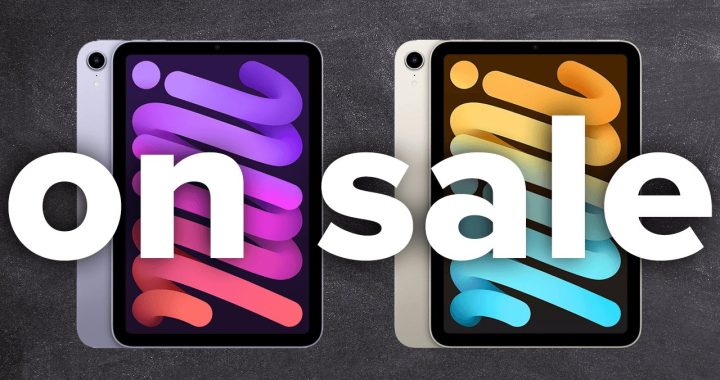
Life offers us plenty of surprises, and some things will remain the same. One example of a familiar scenario to many individuals and families is taking out a loan or asking for credit. While we strive to provide for ourselves and the people around us, life happens, and we ask for financial help.
This scenario is where consumer credit comes into the picture. When our financial situation gets rough, like a medical emergency or damaged household equipment that needs immediate replacement, we turn to personal loans. Loans and credit facilities are the lifeline for many individuals and families.
As such, you must know the basics of consumer credit, how it works, your options, and the standard terms and conditions. In this brief guide, we’ll cover the consumer credit industry in the Philippines and guide you through some of your options and a few things to remember.

Consumer Credit- Your Two Major Options
There are two general consumer credit options: installment and revolving credit. For many Filipinos, the most common and helpful is the installment credit. With this type of credit, the individual pays a specified number of payments with a fixed amount and interest until the loan is paid off.
For example, a family may apply for a credit to purchase a brand-new smart television. For this transaction, the lender may offer a 12-month term with a specific monthly payment. This type of credit is familiar to most consumer products and household items, including computers, smartphones, kitchen equipment, and living room fixtures. However, your installment credit does not cover investment purchases such as bonds, real estate, or stocks. We can also consider car loans as examples since there are fixed payment terms.
Another type of consumer credit is revolving credit. Here, the individual is approved for a specific amount of credit that he can use at any time, subject to certain conditions. The most common example is the credit card that top banks and other financial institutions offer. Individuals can also use this credit to purchase items or pay for services. But its main difference is that once the credit card balance is paid, the account reverts to the original assigned credit line. As a result, purchases made using this type of consumer credit come with higher interest rates. In addition, consumers with a credit line must pay the dues on time to avoid credit card debt.

Advantages of Consumer Credit
Consumers can get plenty of benefits from having a credit line. For example, you can use this credit arrangement to get an income advance to pay for services or products. They become helpful too during emergencies, like a car breakdown or if someone requires immediate medical attention. If you use your credit line the right way, it can be a lifesaver and can help improve your quality of life.
These are just some reasons why many households in different countries apply for credit cards or take up installment plans. If you’re interested in using a credit line, you can get one from banks, financial institutions, cooperatives, or even businesses.
Disadvantages of Consumer Credit
Although having credit can be helpful, it also risks some consumers. The primary concern facing consumers is the cost if one fails to pay the entire balance each month, and this continues to accrue penalties from month to month. For example, let’s say you have a revolving credit with a top commercial bank, and you’re expected to pay $100 monthly with an annual rate of 12%. Just imagine the first month’s cost if you fail to pay, which continued for the next few months!
As you can see, one single late payment can be costly, and it can increase the interest rate higher. In addition, the prevailing interest rates can be painful for the average consumer. So, if you’re planning to take out a personal loan, it’s crucial always to compare the interest rates and hidden charges, if any.

Tips on How to Improve Your Credit Score
Consumer credit is a helpful resource for many individuals and families. You can pay for emergency expenses, apply for car loans, or purchase a new smartphone even if you don’t have a salary yet. However, it can become a problem if you fail to honor your commitments with the lender. Furthermore, if you don’t become responsible for payments, it can lead to consumer debt or even more significant problems. As such, you must become aware of the terms of the loans and practice a few tips and strategies. Here are a few tips that you should know:
- Set up payment reminders. If you have multiple loans or payables each month, it’s best to set up a calendar that will remind you of the payments. By consistently paying the dues, you can quickly increase your credit score.
- Pay more than once each month. If possible, you can cover your bills every two weeks instead of just one month.
- Read the terms and conditions and look for a lower interest rate. Don’t just sign up for a loan if you haven’t read the terms and conditions. The Consumer Credit Protection Act can help you and promote consumer welfare.
- Don’t forget to contact your creditors. If you’re having difficulties repaying your loans, you can get your creditors to ask for an extension or restructuring of your loan. In addition, some companies offer debt consolidation and other credit-related services as specified in the lending act. If you request help, the bank or financial institution can create a more favorable term for your remaining debt covering your unsecured debt or other types of loans.
Consumer credit helps individuals and families in need of financing. However, a loan will always come with terms and conditions, and you should pay it on time to avoid complications. This guide has covered the basics of consumer credit and a few tips to help you become a responsible consumer.
 Punishment of the Savage Planet: revealing a fresh’ 90s-inspired world
Punishment of the Savage Planet: revealing a fresh’ 90s-inspired world  CEO of Sonos leaves the business after a shoddy iOS game.
CEO of Sonos leaves the business after a shoddy iOS game.  HomeKit Insider audio Les smart home roundup
HomeKit Insider audio Les smart home roundup  Apple’s iPad small 7 drops to$ 399, the lowest price on record
Apple’s iPad small 7 drops to$ 399, the lowest price on record